27 Wild Animals in Papua New Guinea [Wildlife in Papua New Guinea]
Want to know more about the wildlife in Papua New Guinea?
Discover 27 wild animals in Papua New Guinea in this post, as well as interesting facts about them. 🇵🇬
Learn All About Papua New Guinean Animals
Ready to learn all about Papua New Guinean animals?
I’ve always been fascinated by animals, and by how they can be so different from one country to another. In this guide, we’ll focus on the many animals Papua New Guinea has on the land, in the sky, and underwater.
I’ve split the guide into 4 categories:
- Native animals from Papua New Guinea
- Endangered animals of Papua New Guinea
- What is the national animal of Papua New Guinea?
- How many animals native to Papua New Guinea?
Let’s dive in right away with our first category!
Native Animals from Papua New Guinea
Papua New Guinea is an Oceanian country located in the northeastern part of the continent, and it rules over several islands off of its southeastern shore. It has one of the most incredible linguistic diversities in the world with about 851 languages, is one of the least explored countries in the world, and used to be part of the British Commonwealth until 1975. It is bordered by Indonesia and is surrounded by the Pacific Ocean, and its capital and largest city is Port Moresby, which counts more than 364,000 inhabitants (but more than 700,000 if you include the metropolitan area).
An interesting part of the country that I wanted to tackle is its wildlife. In light of that, I have listed the best of it, and I hope you will love learning what animals live in Papua New Guinea.
Here’s the Papua New Guinea animals list.
1. Spectacled flying fox
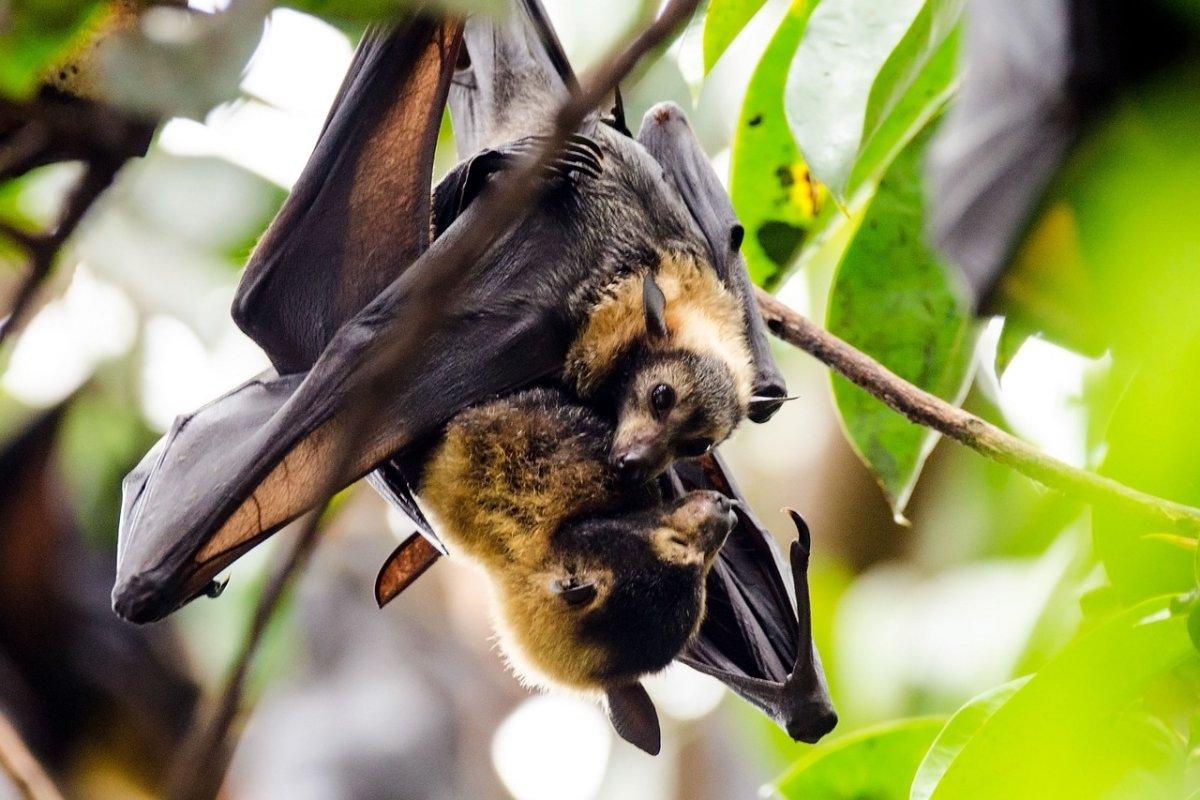
- Name: Spectacled flying fox
- Scientific name: Pteropus conspicillatus
- Conservation status:
The spectacled flying fox, also known as the spectacled fruit bat, is a species of megabat native to Papua New Guinea, northern Australia, and eastern Indonesia. It inhabits the coastal areas and was listed as vulnerable to extinction because of habitat fragmentation and loss.
At the end of 2018, a serious heatwave in Australia decimated about a third of the spectacled flying fox population, and they are since then listed as endangered.
2. Pygmy sperm whale
- Name: Pygmy sperm whale
- Scientific name: Kogia breviceps
- Conservation status:
The pygmy sperm whale is a species of sperm whale native to temperate, subtropical, and tropical waters of the world. Although considered of least concern, it is seldom sighted at sea, and what we know about this species comes from stranded individuals.
This sperm whale is about the same size as many dolphins. It has a unique, weird tendency of rising to the surface and just remain there, without moving, which is why Japanese whalers call it the “floating whale”.
3. New Guinean quoll
- Name: New Guinean quoll
- Scientific name: Dasyurus albopunctatus
- Conservation status:
The New Guinean quoll, also known as the New Guinea quoll or the New Guinea native cat, is a small species of marsupial native to New Guinea and the neighboring areas of Indonesia. Despite its very small size, it is the second-largest carnivorous marsupial in the country.
This animal is locally known as “suatg”. It feeds on a wide variety of prey, from rats and birds to small reptiles and insects.
4. Matschie’s tree-kangaroo
- Name: Matschie’s tree-kangaroo
- Scientific name: Dendrolagus matschiei
- Conservation status:
Matschie’s tree-kangaroo, also known as the Huon tree-kangaroo, is a species of arboreal kangaroo endemic to Papua New Guinea: it can only be found on the Huon Peninsula, in the northeastern parts of the country.
Because of this small, restrictive range, habitat loss, hunting, and oil drilling, Matschie’s tree-kangaroo is listed as endangered. It lives in the mountainous rainforests, at altitudes between 1,000 and 3,000 m / 3,300 and 9,800 ft.
5. Short-beaked echidna
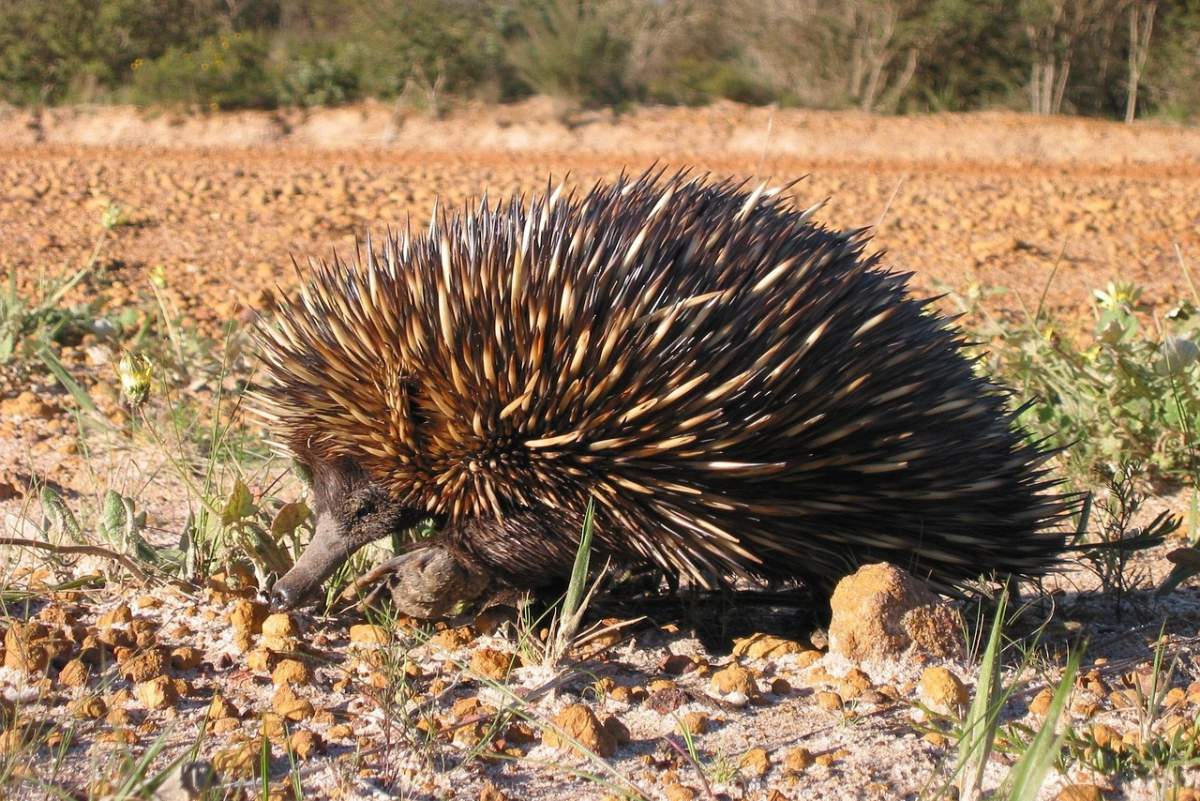
- Name: Short-beaked echidna
- Scientific name: Tachyglossus aculeatus
- Conservation status:
The short-beaked echidna is one of four species of echidna, some of the most intriguing and unique animal species on the planet: while they are mammals, they actually lay eggs in order to give birth, just like the platypus!
In Papua New Guinea, it is known as the “miɣu”, and despite its small size, it has particularly strong front limbs and claws, allowing it to burrow quickly.
6. Krefft’s glider
- Name: Krefft’s glider
- Scientific name: Petaurus notatus
- Conservation status:
Krefft’s glider is a small species of marsupial native to Australia and Papua New Guinea and introduced to the island of Tasmania. It is both arboreal and nocturnal and inhabits coconut plantations and rainforests in New Guinea.
Although it is not suited to be a pet, Krefft’s glider is often kept as one, especially in the United States, where it is bred in large numbers for this purpose.
7. Irrawaddy dolphin
- Name: Irrawaddy dolphin
- Scientific name: Orcaella brevirostris
- Conservation status:
The Irrawaddy dolphin is a species of oceanic dolphin native to southeastern Asia and northern Oceania. It inhabits coastlines, rivers, and estuaries, and feeds on fish, cephalopods, and crustaceans.
This dolphin is more threatened than most other dolphins due to its proximity to the coastline: it is not uncommon for Irrawaddy dolphins to drown in gillnets, and it also suffers from electrofishing and gold mining. In some countries such as Laos and Cambodia though, it is considered a reincarnation of the ancestors and is not hunted.
8. Polynesian rat
- Name: Polynesian rat
- Scientific name: Rattus exulans
- Conservation status:
The Polynesian rat, also known as the little rat or the Pacific rat, is one of the most widespread species of rats in the world, alongside the black rat and the brown rat. It can be found throughout mainland Southeast Asia, as well as Indonesia and a lot of Pacific Islands, where it has been introduced.
This rat is nocturnal, and nests in trees. It is an adept climber and feeds on a wide variety of food sources, such as fruits, bark, leaves, seeds, insects, spiders, lizards, and bird eggs.
9. Spectacled hare-wallaby
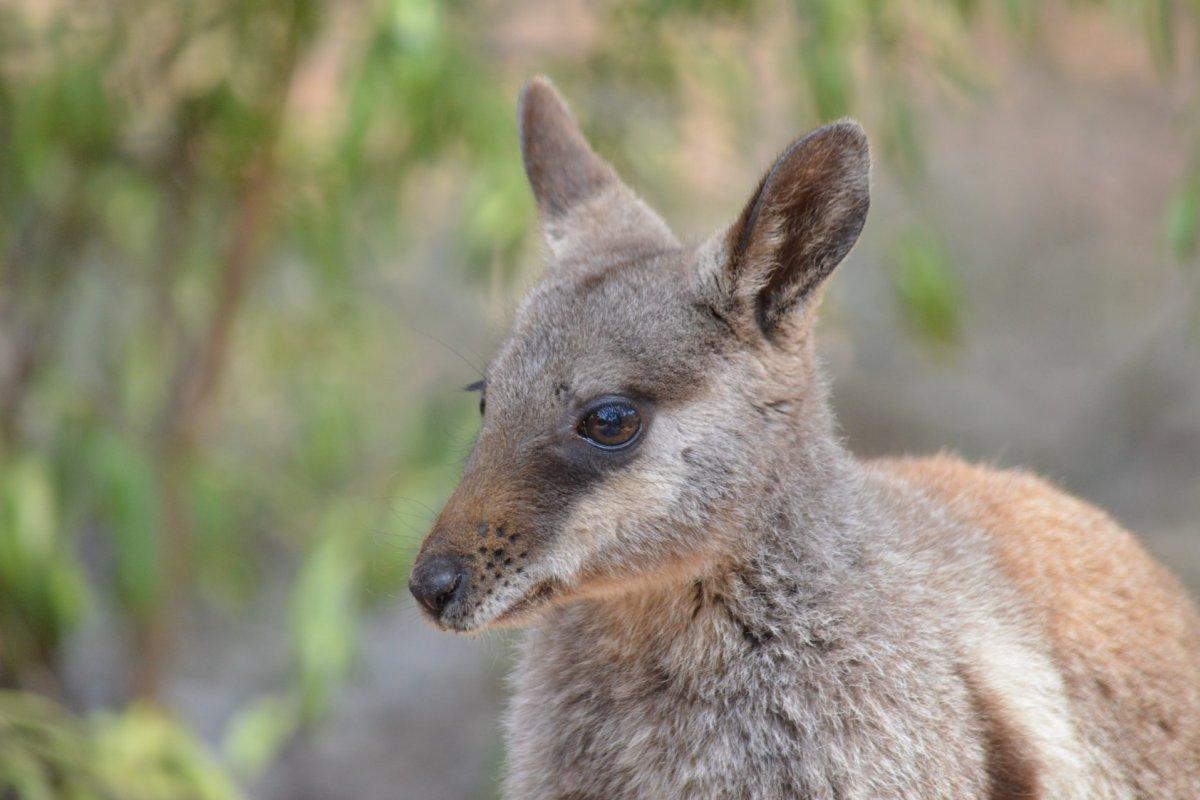
- Name: Spectacled hare-wallaby
- Scientific name: Lagorchestes conspicillatus
- Conservation status:
The spectacled hare-wallaby is a species of mammal native to Papua New Guinea and Australia. The main populations are located in the northern parts of Australia and southwestern Papua New Guinea.
Although considered of least concern, the spectacled hare-wallaby seriously suffers from the introduction of predators and habitat loss. This mammal is nocturnal and herbivorous, gives birth to one young about once per year, and is considerably larger than its close relatives.
10. Raggiana bird-of-paradise
- Name: Raggiana bird-of-paradise
- Scientific name: Paradisaea raggiana
- Conservation status:
The Raggiana bird-of-paradise, also known as Count Raggi’s bird-of-paradise, is a large species of bird native to southern and northeastern New Guinea, where it is called “kumul”. It is the national bird of Papua New Guinea, which is why it is featured on the country’s flag. It primarily feeds on arthropods and fruits.
This bird-of-paradise is particularly important within its range, playing the essential role of seed disperser.
11. Papuan eagle
- Name: Papuan eagle
- Scientific name: Harpyopsis novaeguineae
- Conservation status:
The Papuan eagle, also known as the New Guinea harpy eagle, the New Guinea eagle, the kapul eagle, or the Papuan harpy eagle, is a species of eagle endemic to New Guinea. It is pretty rare and seldom seen by humans, and it primarily inhabits mature rainforests.
Although there were probably never large populations of the Papuan eagle, it is still most likely rapidly declining nowadays, mainly due to deforestation and hunting for ceremonial use.
12. Northern brown bandicoot
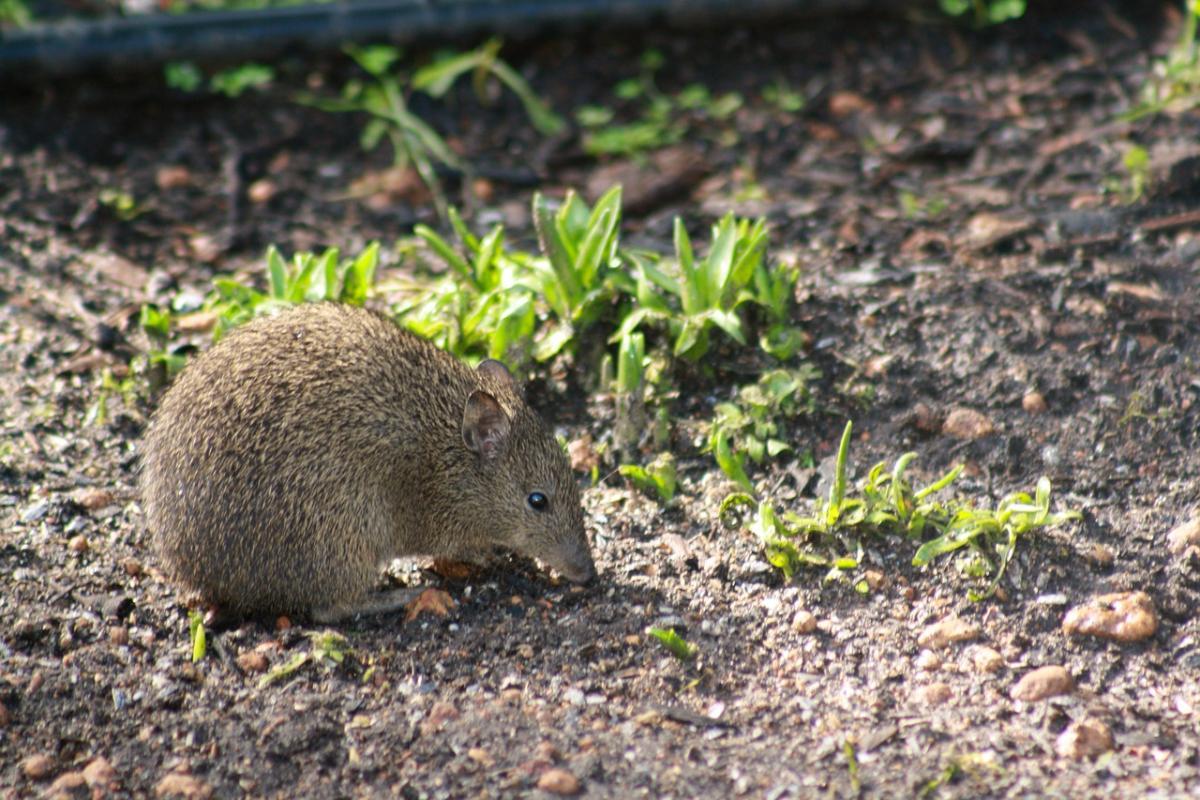
- Name: Northern brown bandicoot
- Scientific name: Isoodon macrourus
- Conservation status:
The northern brown bandicoot is a species of marsupials endemic to northern and eastern Australia, as well as Papua New Guinea and other neighboring islands. It lives in two main habitats, varying whether it is the dry or the wet season.
This bandicoot is strongly territorial, and constantly marks and retains its territory. Its population has decreased since the introduction of European rabbits and livestock into Australia.
13. Agile wallaby
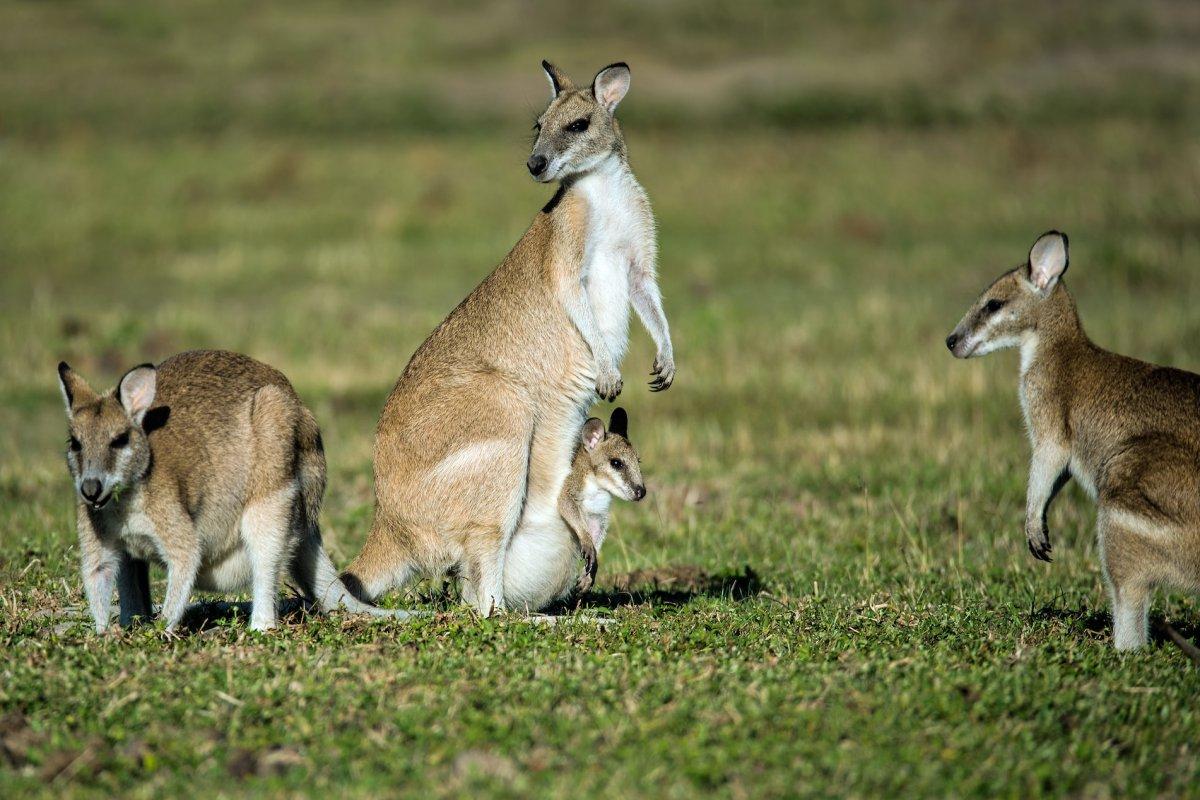
- Name: Agile wallaby
- Scientific name: Notamacropus agilis
- Conservation status:
The agile wallaby, also known as the sandy wallaby, is a species of wallaby native to northern Australia and southern New Guinea. Within its range, it is the most common species of wallaby, and, as its name suggests, it has a sandy coat.
This wallaby is herbivorous and feeds on grasses and other plants. Sometimes solitary, some others very sociable, it is not considered threatened whatsoever. In Papua New Guinea, it is hunted by local people who use fire drives.
14. Brolga
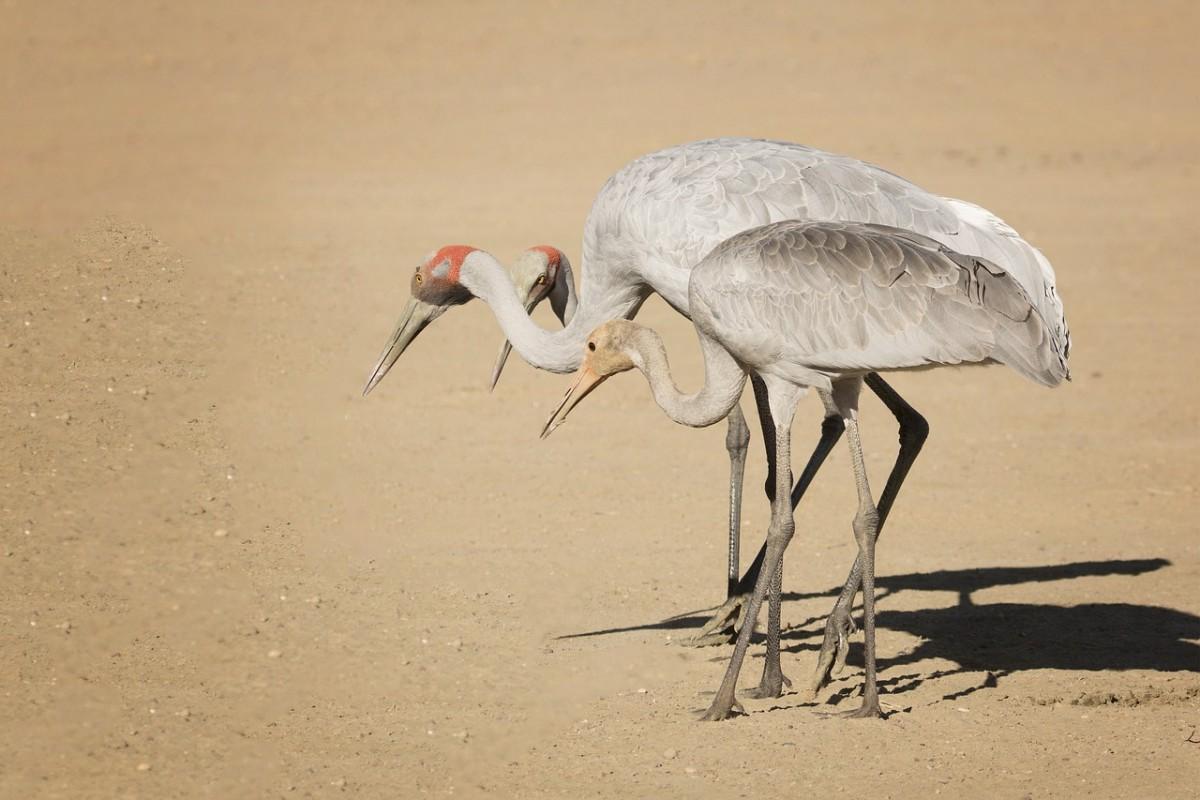
- Name: Brolga
- Scientific name: Antigone rubicunda
- Conservation status:
The brolga, also known as the native companion or the Australian crane, is a large species of bird from the crane family. It is native to New Guinea and southeastern Australia and inhabits tropical areas.
This crane builds its nest in wetland vegetation, either floating on shallow water or on elevated land. Despite not being endangered throughout its range, its numbers are declining, especially in southern Australia.
15. Black-necked stork
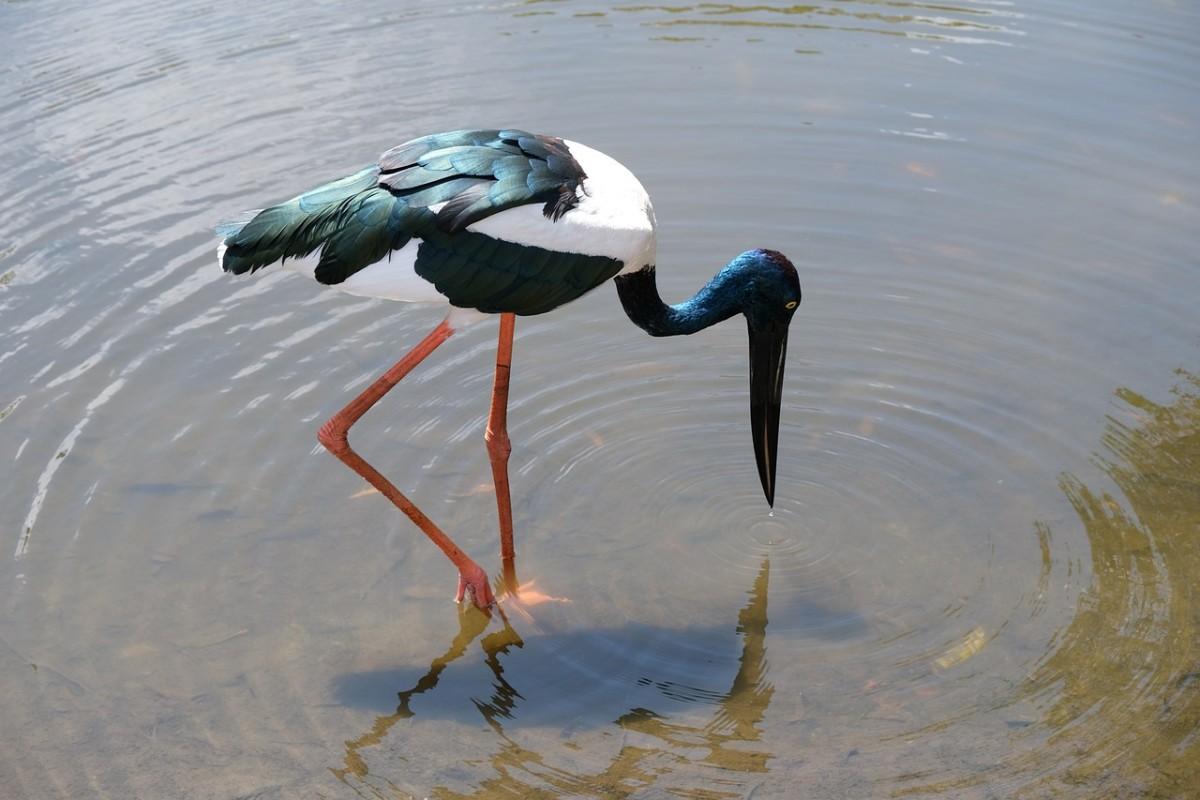
- Name: Black-necked stork
- Scientific name: Ephippiorhynchus asiaticus
- Conservation status:
The black-necked stork is a tall species of wading bird native to the Indian subcontinent, southeastern Asia, and Oceania. It inhabits crop fields and wetland habitats, where it forages for a broad range of animal prey such as darters, grebes, and jacanas, and has a dance-like display, clattering bills together and walking away.
There are several hundreds of black-necked storks in Papua New Guinea (about 250), and the largest breeding population is located in India.
16. Black-spotted cuscus
- Name: Black-spotted cuscus
- Scientific name: Spilocuscus rufoniger
- Conservation status:
The black-spotted cuscus is a species of marsupial and one of the largest of the cuscus, only surpassed by the bear cuscus. It is uniquely colorful, with brown, white, and black fur spotted in peculiar patterns.
This cuscus is on the brink of extinction, and the main threats it has to face are habitat loss and hunting. Because of this, it has already disappeared from much of its range.
17. Southern cassowary
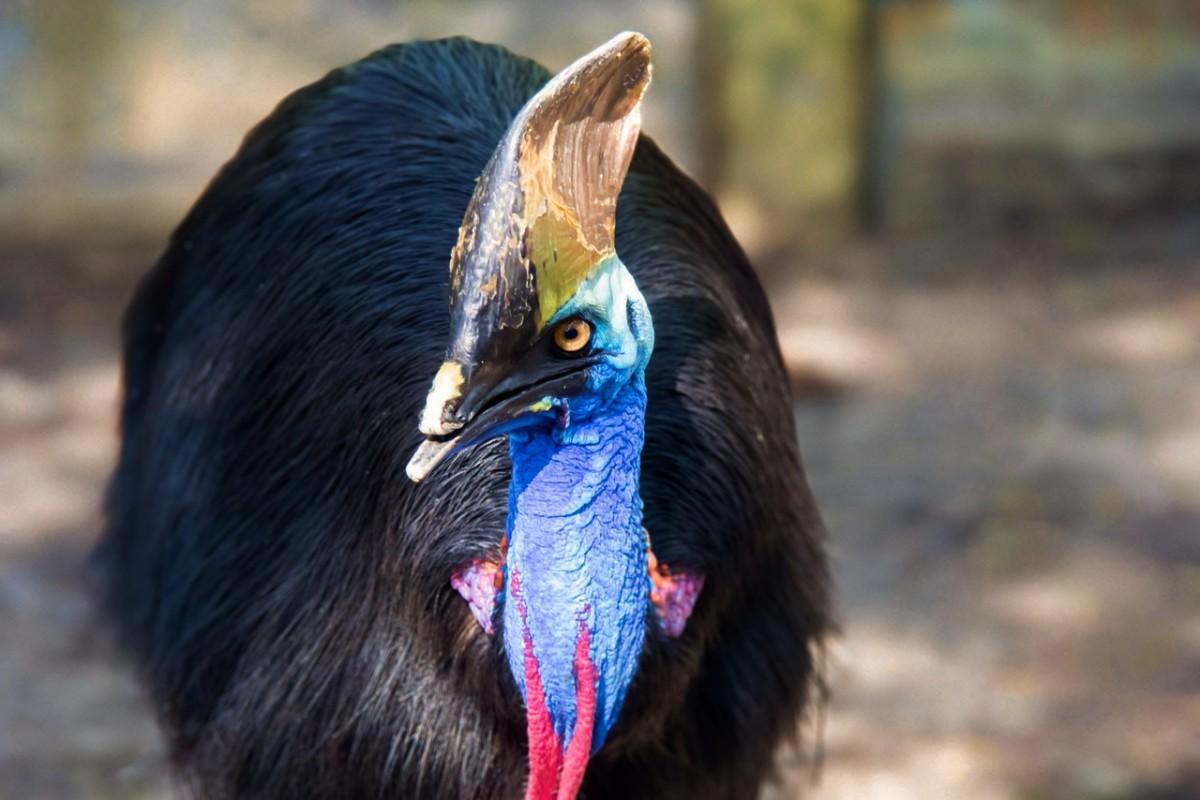
- Name: Southern cassowary
- Scientific name: Casuarius casuarius
- Conservation status:
The southern cassowary, also known as the Australian cassowary, the two-wattled cassowary, or the double-wattled cassowary, is a large species of flightless bird native to northeastern Australia and the island of New Guinea, usually around the coastlines.
This bird is closely related to ostriches, kiwis, and emus, and resembles a living fossil, with its bony crest and its large, very strong feet and claws. While it is reputed to be highly aggressive, it usually simply responds to being provoked.
18. Blyth’s hornbill
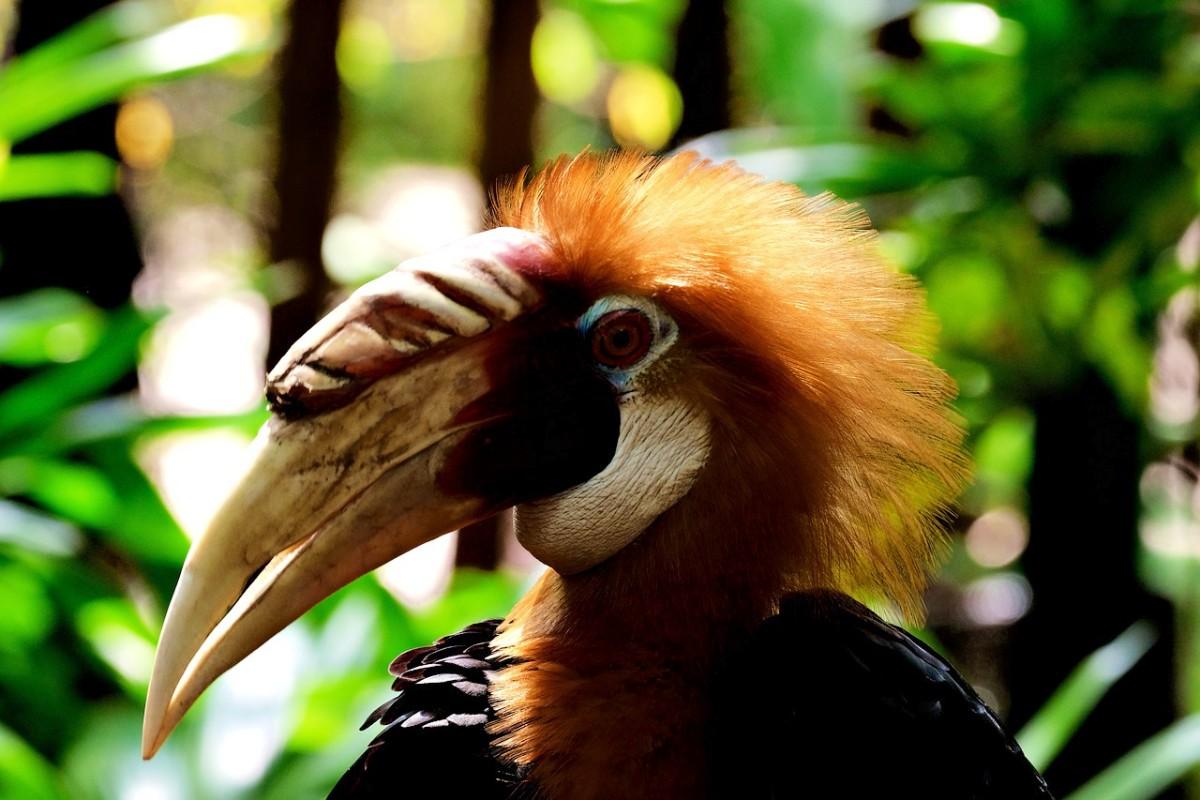
- Name: Blyth’s hornbill
- Scientific name: Rhyticeros plicatus
- Conservation status:
Blyth’s hornbill, also known as the Papuan hornbill, is a large species of hornbill found in Oceania, in countries such as Papua New Guinea, the Solomon Islands, and the Moluccas. It is the only species of hornbill native to New Guinea.
It inhabits lowland forests at altitudes between 1,200 and 1,500 m / 3,937 to 4,921 ft, and nests in a large tree hollow, usually very high above the ground (between 18 and 30 m / 59 and 98 ft).
19. New Guinea crocodile
- Name: New Guinea crocodile
- Scientific name: Crocodylus novaeguineae
- Conservation status:
The New Guinea crocodile is a small species of crocodile endemic to the island of New Guinea, shared between Indonesia and Papua New Guinea. It inhabits lakes and freshwater swamps and is a nocturnal predator that feeds on fish and other small animals.
Tens of thousands of New Guinea crocodiles were killed for their skin in the past, but the government of Papua New Guinea established regulated hunting, and this species is now doing much better.
20. Crocodile monitor
- Name: Crocodile monitor
- Scientific name: Varanus salvadorii
- Conservation status:
The crocodile monitor, also known as the artellia, the Salvadori’s monitor, or the Papuan monitor, is the largest species of lizard found in Papua New Guinea. It is also one of the longest lizards in the world, reaching lengths of up to 244 cm / 8 ft.
This monitor inhabits the coastal mangrove swamps and lowland rainforests of Papua New Guinea, and it has not been extensively studied in the wild because of its remote, inaccessible habitat.
21. Hooded pitohui
- Name: Hooded pitohui
- Scientific name: Pitohui dichrous
- Conservation status:
You have probably already heard of poisonous frogs or other animals… but did you know that there were poisonous birds?
The hooded pitohui, endemic to the island of New Guinea, is one of them; scientists discovered that its feathers and organs contain toxins, and 6 other songbird species have been found to possess the same poison since then. This bird lives in forests from sea level up to 2,000 m / 6,600 ft, and primarily lives in hills and low mountains.
22. New Guinea singing dog
- Name: New Guinea singing dog
- Scientific name: Canis lupus hallstromi
- Conservation status:
The New Guinea singing dog, also known as the New Guinea highland dog, is a species of wild dog endemic to New Guinea, and closely related to the Australian dingo. It arrived on the island about 6,000 years ago and inhabits remote mountains.
This dog is the largest entirely terrestrial predator on the island, and it feeds on small to medium marsupials, wallabies, and dwarf cassowaries.
23. Javan rusa
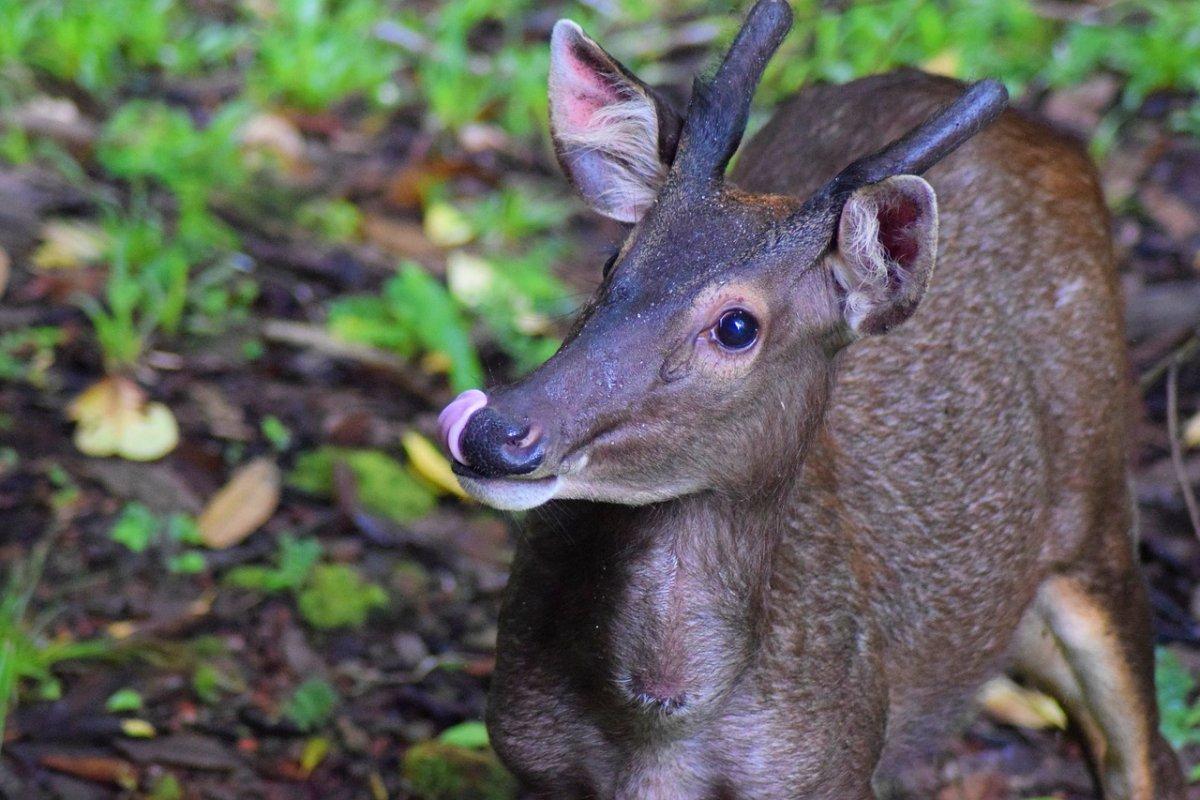
- Name: Javan rusa
- Scientific name: Rusa timorensis
- Conservation status:
The Javan rusa, also known as the Sunda sambar, is a species of deer introduced to Papua New Guinea. There, it is particularly well established and lives in the northern and southern parts of the country.
This deer is primarily active in the early morning and the later afternoon and is very rarely seen in open habitats. It is alert and cautious and is thus almost impossible to approach.
24. Saltwater crocodile
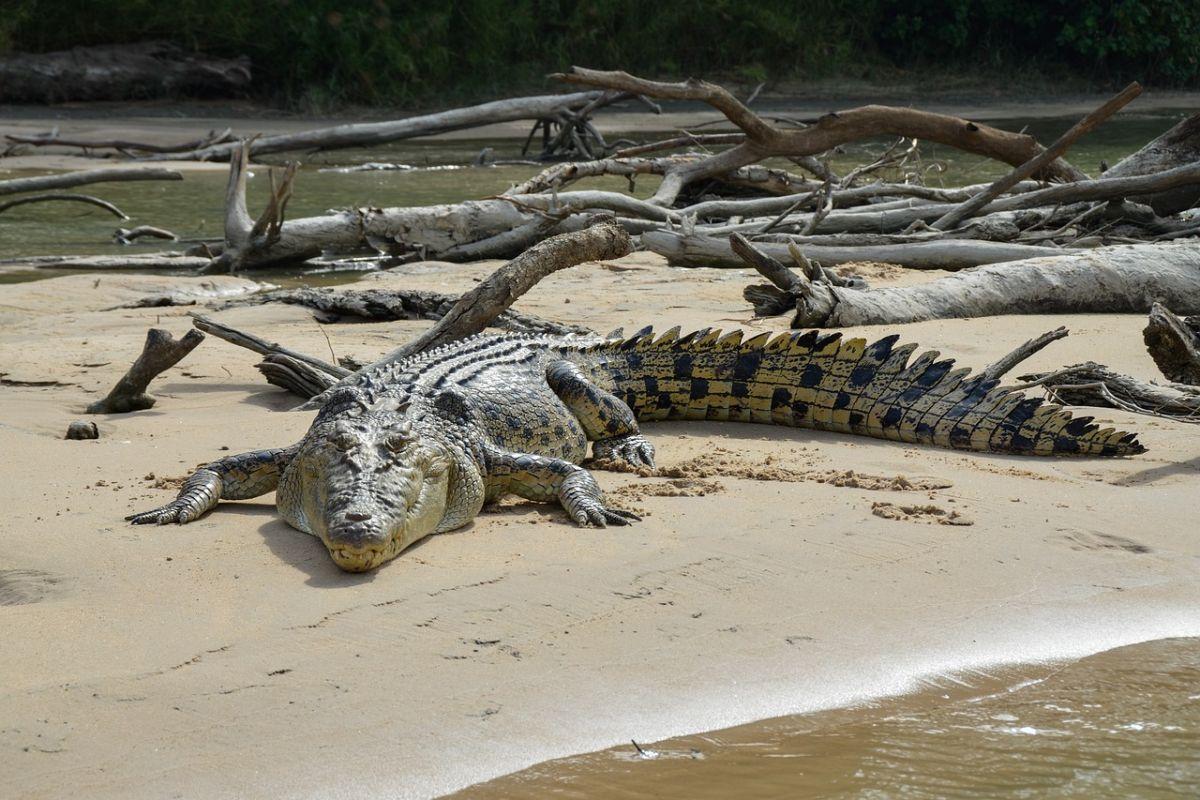
- Name: Saltwater crocodile
- Scientific name: Crocodylus porosus
- Conservation status:
The saltwater crocodile, also known as the marine crocodile, the estuarine crocodile, the sea crocodile, or the Indo-Pacific crocodile, is the largest crocodilian and reptile in the world, reaching outstanding lengths of up to 6.3 m / 21 ft and weights of up to 1,300 kg / 2,900 lb.
It is a very powerful ambush apex predator that is particularly dangerous, having killed multitudes of humans. It can kill almost anything within its range, including large mammals and sharks.
25. New Guinea snake-necked turtle
- Name: New Guinea snake-necked turtle
- Scientific name: Chelodina novaeguineae
- Conservation status:
The New Guinea snake-necked turtle is a species of turtle native to eastern Papua New Guinea and northeastern Australia. It inhabits freshwater bodies of its range, primarily jungle rivers with dense vegetation.
The carapace of this turtle is dark brown, almost black, and it has a very long neck, as its name suggests. In fact, its neck can even exceed the length of its shell, and thanks to its high flexibility, it allows the turtle to easily and quickly capture prey.
26. Thylacine
- Name: Thylacine
- Scientific name: Thylacinus cynocephalus
- Conservation status:
The thylacine, also known as the Tasmanian wolf or the Tasmanian tiger, was a species of carnivorous marsupial native to New Guinea, Tasmania, and Australia. The last known animal was captured in 1930, and this species disappeared because of overhunting encouraged by bounties, as well as human encroachment, the introduction of dogs, and disease outbreaks.
This marsupial used to live in dry eucalyptus forests, grasslands, and wetlands, and after spending the day resting in small caves or hollow tree trunks, before emerging at night and feeding on ground-dwelling birds.
27. Rakali
- Name: Rakali
- Scientific name: Hydromys chrysogaster
- Conservation status:
The rakali, also known as the water rat or the rabe, is a large species of rodent native to Australia and New Guinea and was first discovered in 1804. Its name was changed from water rat to rakali, its aboriginal name, to sensitize the public’s opinion and create a positive attitude towards this species.
In fact, this species was seriously endangered until its official protection order was announced in 1938, primarily due to hunting for its soft fur and persecution.
—
So there you have them, these were my 27 wild animals in Papua New Guinea. I hope you enjoyed this list and that you learned something new today.
In case you want to learn more about Papua New Guinea wildlife, feel free to keep reading, as I still have lots of things to tell you about:
Endangered Animals of Papua New Guinea
This is definitely the saddest part of the list, but it is very important to raise awareness. Because of this, let’s go through the list of endangered animals in Papua New Guinea.
Here are the animals in danger of extinction in Papua New Guinea.
- None
- Hawksbill turtle
- Oceanic whitetip shark
- Green sawfish
- Variegated gudgeon
- Thomas’s big-eared bat
- and 44 more…
- Pig-nosed turtle
- Whale shark
- Blue whale
- Zebra shark
- Huon tree kangaroo
- and 69 more…
To see the full list of endangered species in Papua New Guinea, head over to the International Union for Conservation of Nature’s Red List.
What is the National Animal of Papua New Guinea?
The national animal of Papua New Guinea is the dugong.
The dugong is a large species of marine mammal that can be found around the coasts of the Indo-West Pacific, in about 40 countries and territories. It is closely related to manatees.
Historically, it has been hunted for thousands of years for both its oil and meat, and traditional hunting is still of particular importance in countries such as Papua New Guinea, which bans all but traditional hunting.
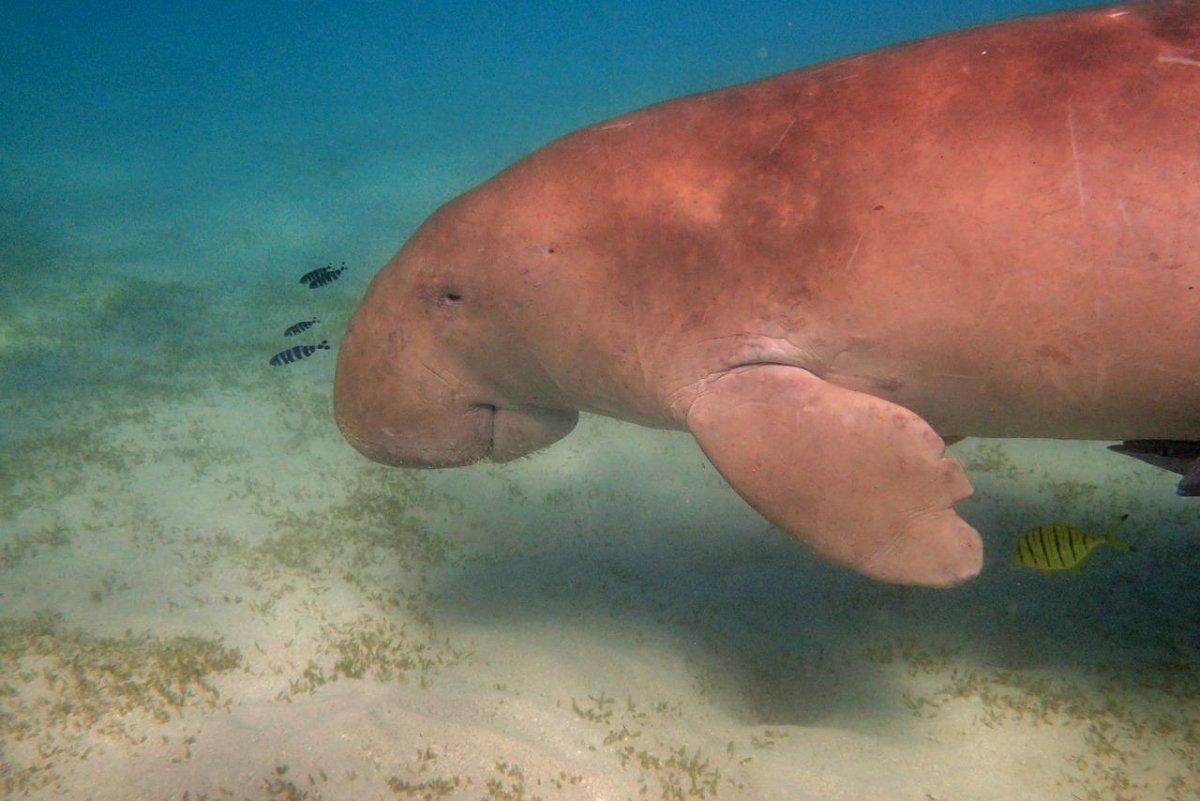
How Many Animals Native to Papua New Guinea?
What is the diversity of Papua New Guinea native animals?
Let’s look at the total number of species of Chordata (mammals, birds, fishes, and reptiles).
Total number of animal species in Papua New Guinea: 4,282 (9,917 in total in Oceania)
More About Animals in the World!
Loved these Papua New Guinea animal facts? Want to see what animals live in other countries?
Then check out these posts:
Or click here to see ALL the facts up on the blog! Spoiler alert: there’s A LOT of them.
Share the knowledge! Click on the buttons below to share information about the wildlife of Papua New Guinea with your friends, and help them learn more about the world 🙂
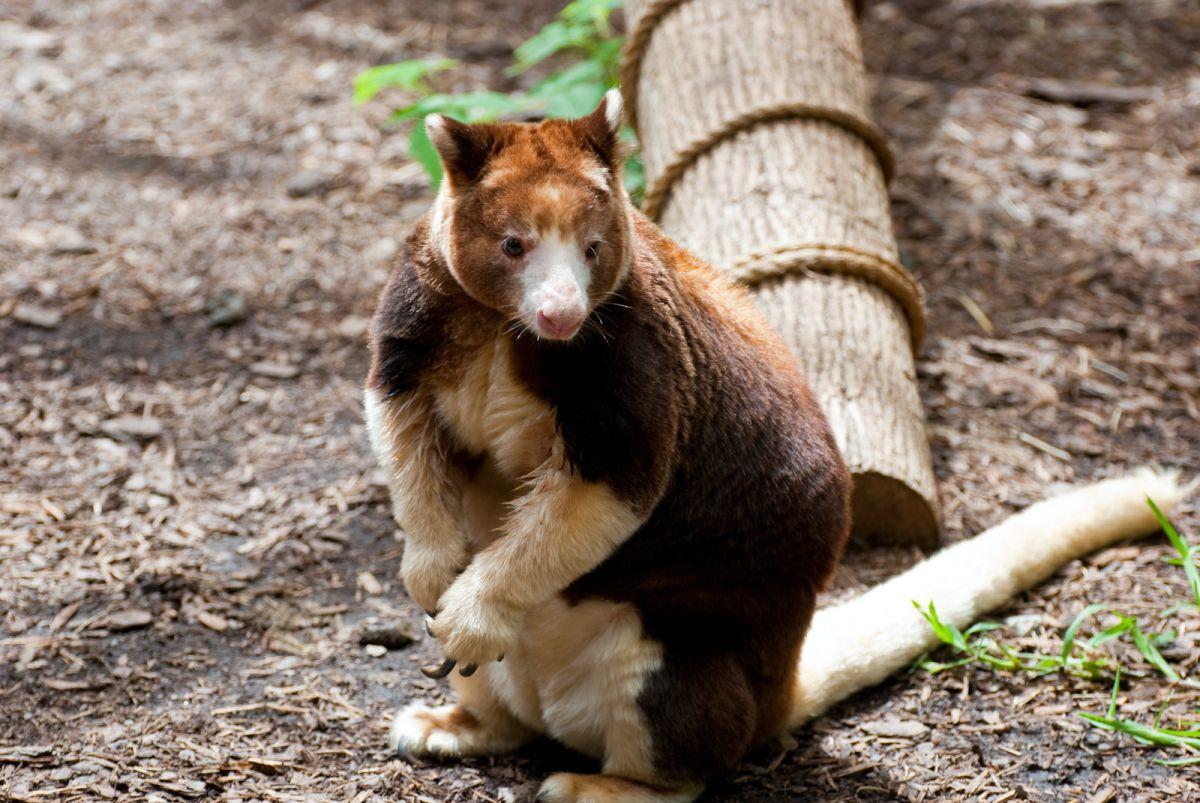
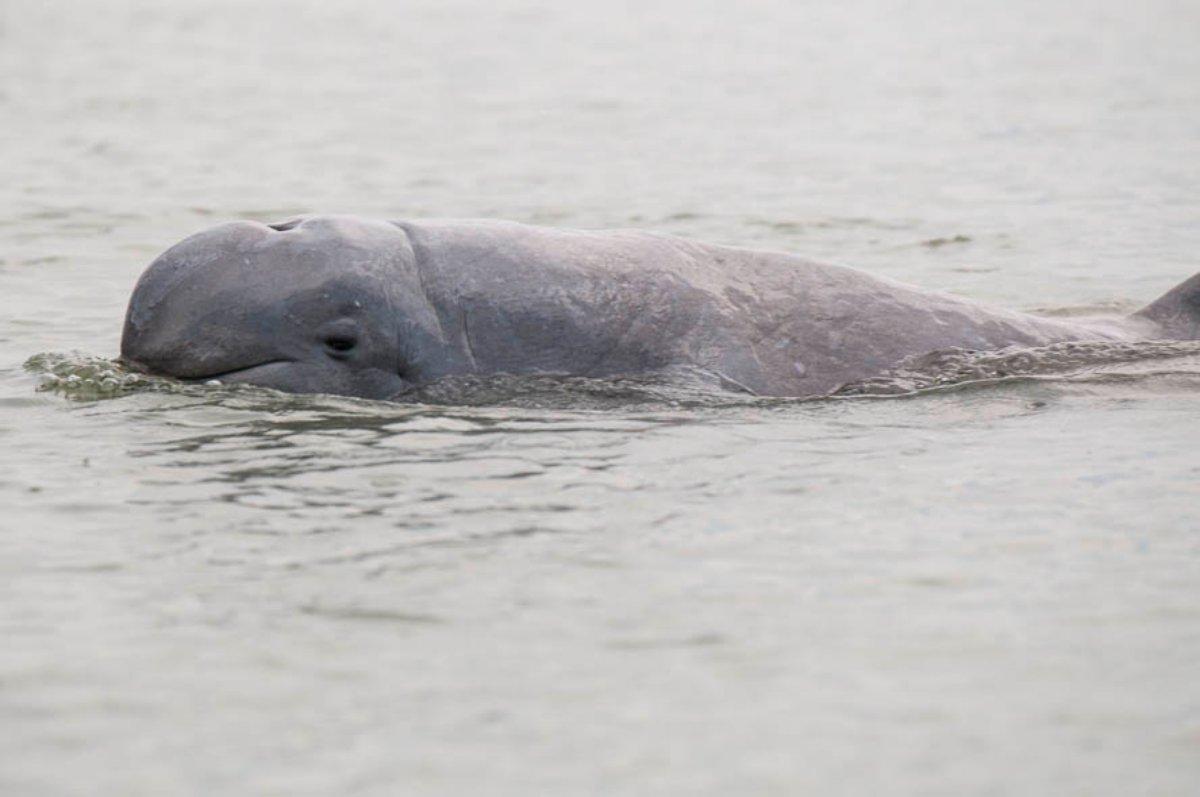
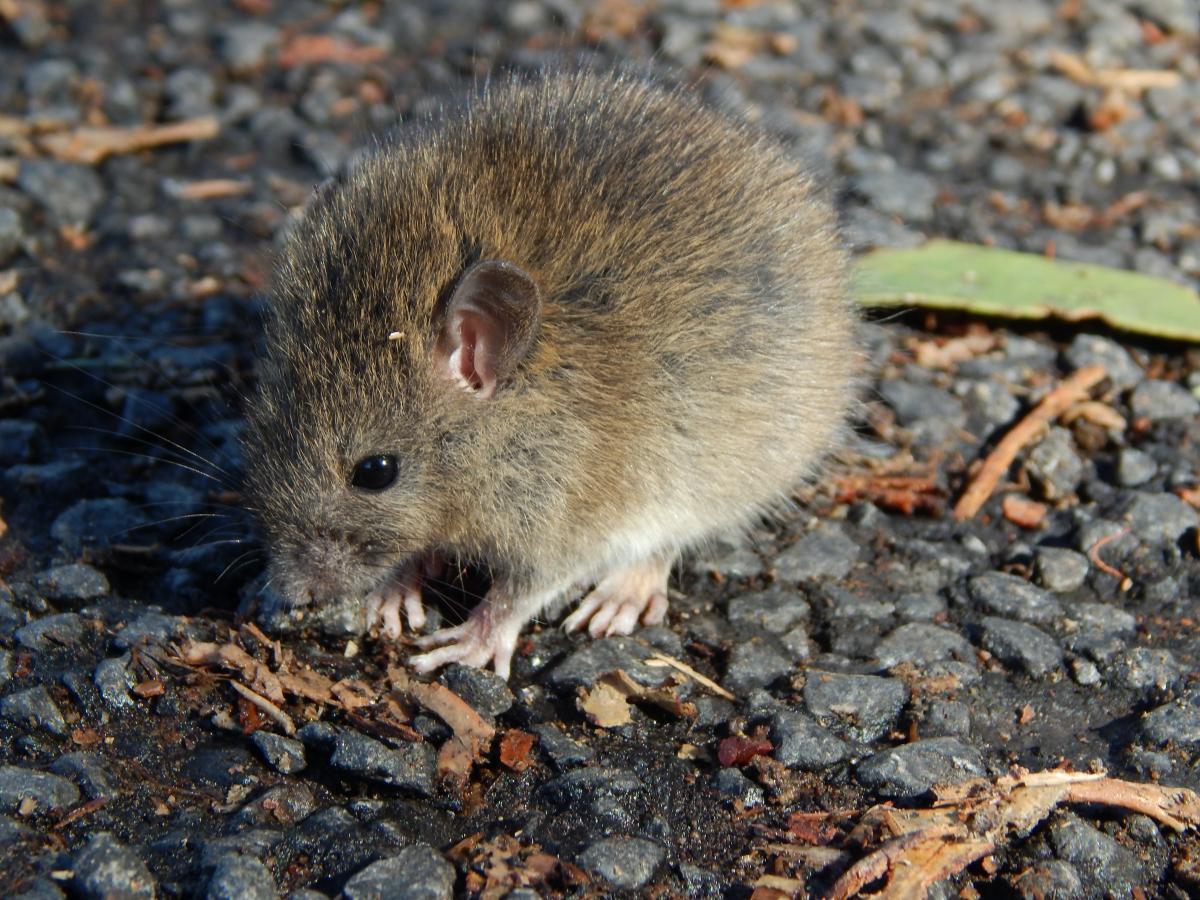
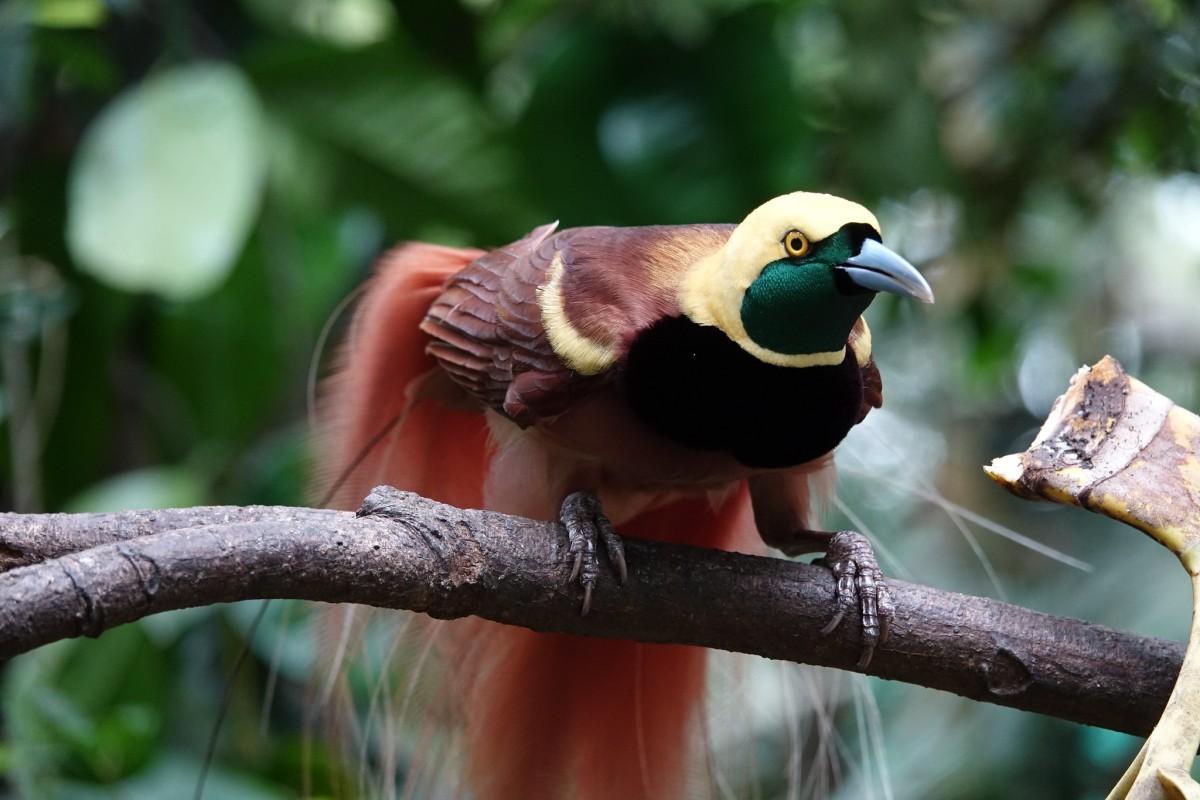
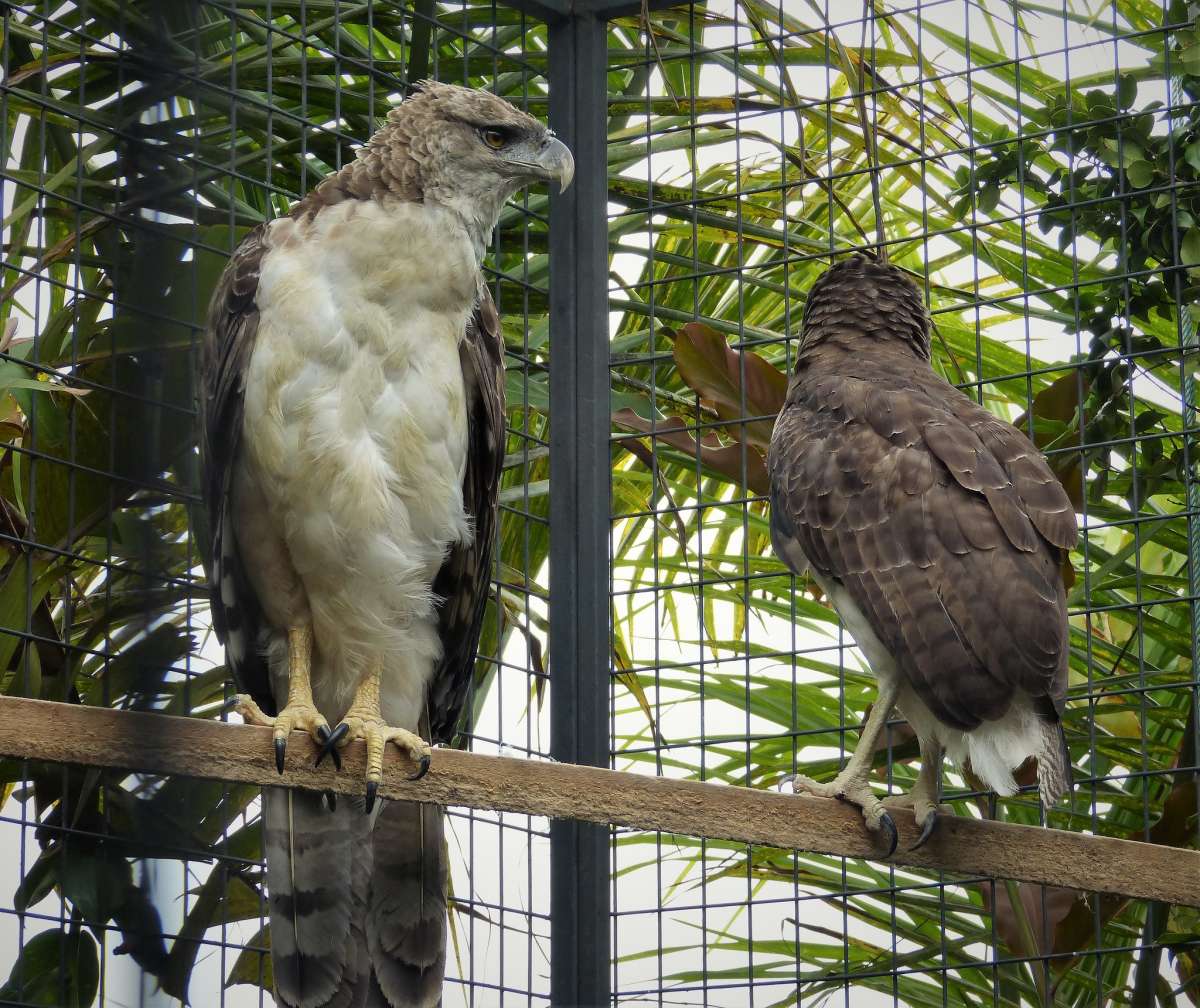
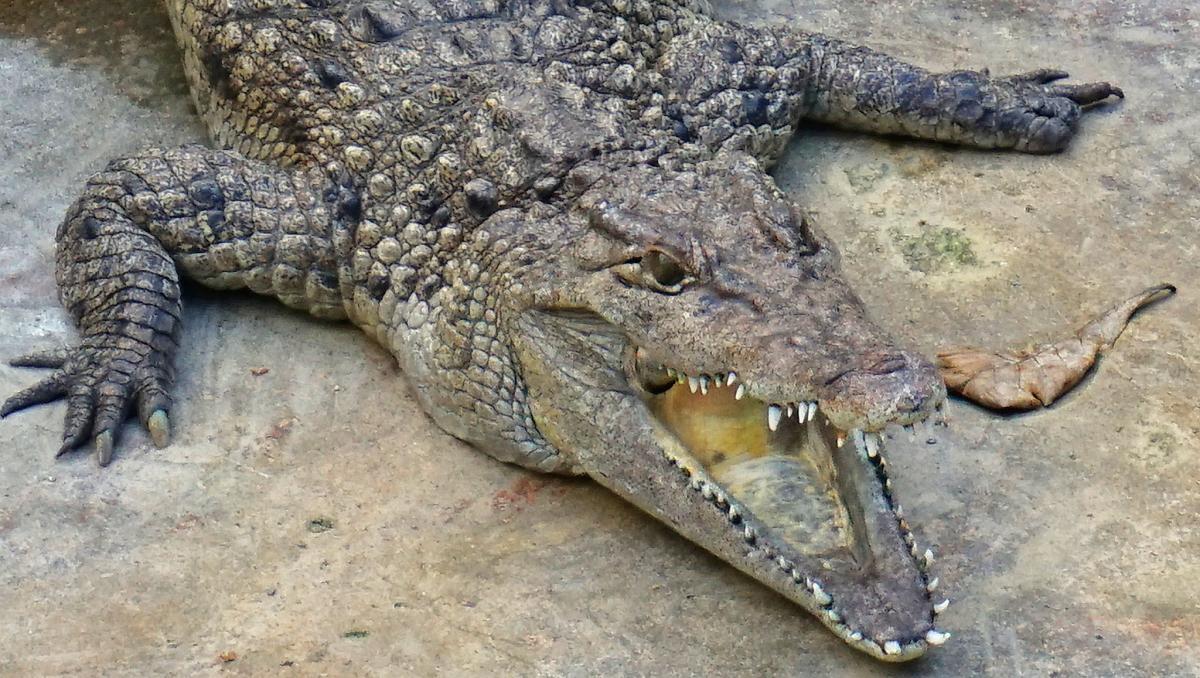
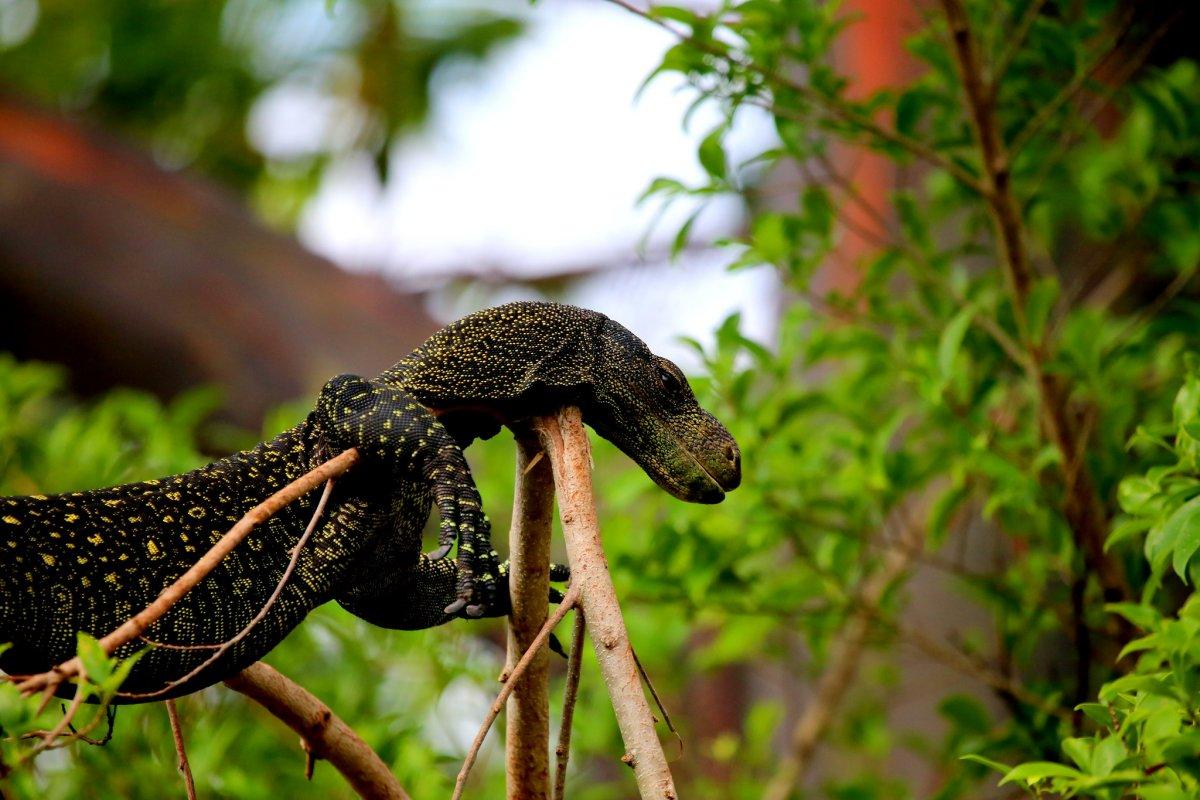
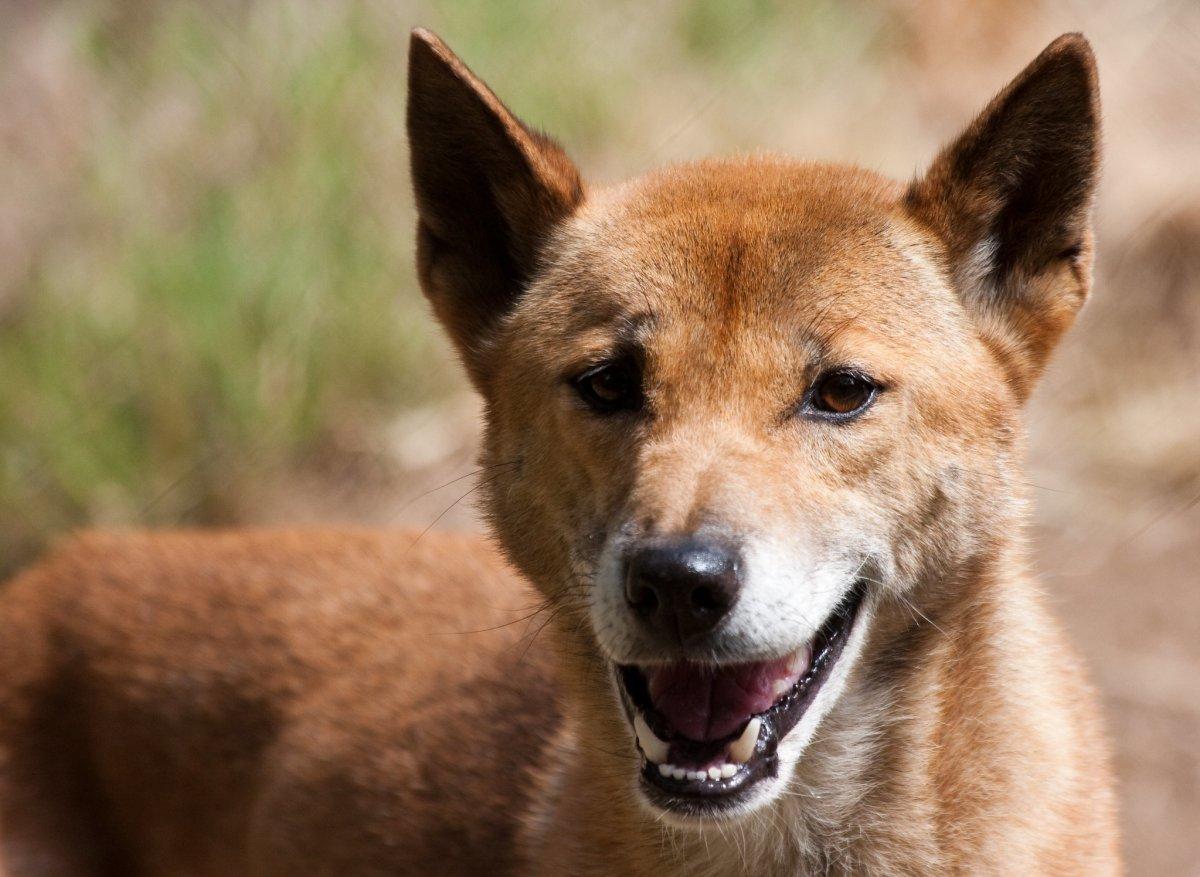
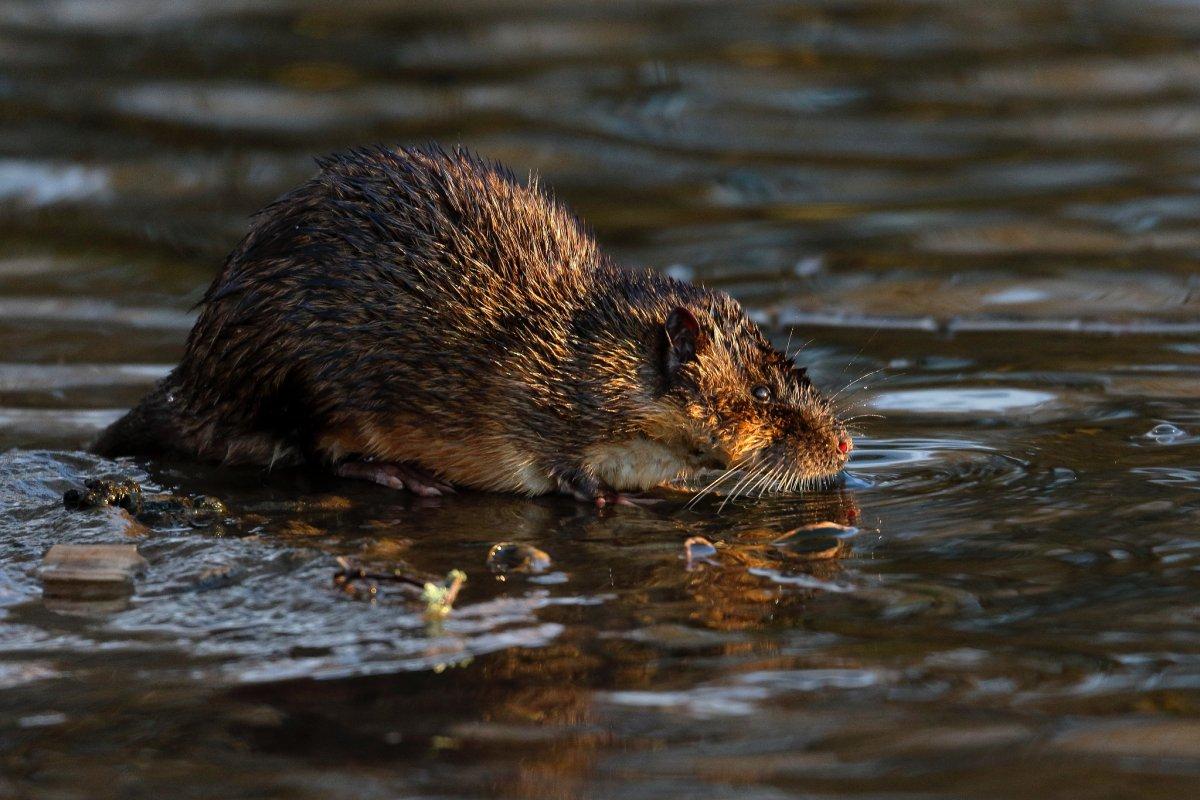

![23 Wild Animals in Indiana [Wildlife in Indiana]](https://www.kevmrc.com/wp-content/uploads/2023/07/23-wild-animals-in-indiana.jpg)
![21 Wild Animals in Trinidad And Tobago [Wildlife in Trinidad And Tobago]](https://www.kevmrc.com/wp-content/uploads/2022/08/21-wild-animals-in-trinidad-and-tobago.jpg)
![12 Wild Animals in Rwanda [Wildlife in Rwanda]](https://www.kevmrc.com/wp-content/uploads/2022/12/12-wild-animals-in-rwanda.jpg)
I agree bro lets not beef😁
I agree bro 😁
Spammer detected
No it just wasnt loading sorry 😫
Ok fine 😕 let it slide i guess
No fighting on my website ok
I agree. I also love the rakali and the brolga.
Who Ya Replying To Lil Bro
Meant to post as reply. Why so sarcastic man come on lets just get along here 😊
I love the cuscus and the quoll but also the ones you said
Yeah all of them are cute which is your favourite?
I love the tyhlacine. Too bad it went extinct
I know its such a cute creature 😭also its thylacine
I knew that bro. Dont need to say obvious info that was in the article 😑
Ok ok 😅 dont wanna beef here lol
No fighting on my website ok